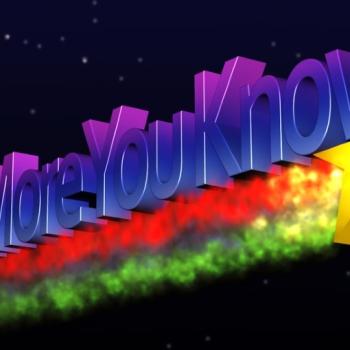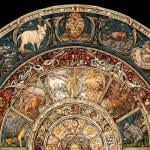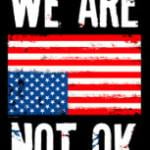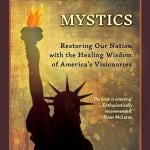Julia Ioffe, “The Infuriating Story of How the Government Stalled Coronavirus Testing”
How did the U.S. fumble its response to the coronavirus so colossally, even with so much lead time? Why, with the number of diagnosed COVID cases in the U.S. climbing toward 4,000, do we still not have nearly enough tests?
A large part of the blame lies with President Trump, who has not wanted widespread testing, apparently out of an obsession with keeping the number of confirmed COVID cases low. It’s why he waffled so long on whether to let the Grand Princess cruise liner, where COVID infections were spreading rapidly, dock in the United States. “I would rather have them stay on [the ship], personally,” Trump said earlier this month. “I don’t need to have the numbers double because of one ship that wasn’t our fault.” His administration turned down tests provided by the World Health Organization and instead wasted precious time having the Centers for Disease Control create its own test. While that was underway, the president denounced the spread of the disease as a Democratic hoax, giving the public a dangerously false sense of complacency just as a pandemic was getting underway.
John Oliver, Coronavirus (COVID-19)
John Oliver, “Coronavirus II”
Rev. Francis J. Grimke, “Some Reflections, Growing Out of the Recent Epidemic of Influenza That Afflicted Our City” (1918) (via John Fea)
Another thing that has impressed me in connection with this epidemic is how completely it has shattered the theory, so dear to the heart of the white man in this country, that a white skin entitles its possessor to better treatment than one who possesses a dark skin. I once heard Mr. Tillman from the floor of the Senate say he believed that God made the white man, and that means the meanest, the lowest, the most ignorant and degraded white man, out of a little better clay than he made the black man. Poor fool! he knows differently now. Death knocked the scales from his eyes. He found himself, the moment the breath left his body, in the presence of a Being with whom the color of his skin counted for nothing. He lived, unfortunately, under that delusion; and it is the delusion under which the white man in all this broad land is living today. But during this epidemic scourge, if he gave any thought to the matter, if a particle of sense remained in him, he must have seen the folly of counting upon a white skin. Did the whiteness of his skin protect him? Did the epidemic pause to see whether his skin was white or black before smiting him? Of what value has a white skin been during these weeks of suffering and death? What possible advantage has accrued to any one because of the whiteness of his skin?
During these terrible weeks, while the epidemic raged, God has been trying in a very pronouncedly conspicuous and vigorous way, to beat a little sense into the white man’s head; has been trying to show him the folly of the empty conceit of his vaunted race superiority, by dealing with him just as he dealt with the peoples of darker hue. …
In this terrible epidemic, which has afflicted not only this city but the whole country, there is a great lesson for the white man to learn. It is the folly of his stupid color prejudice. It calls attention to the fact that he is acting on a principle that God utterly repudiates, as He has shown during this epidemic scourge; and as He will show him when He come to deal with him in the judgment of the great day of solemn account.
Mark Honigsbaum, “‘A Once-in-a-Century Pathogen’: The 1918 Pandemic & This One”
One of the chief lessons of the 1918 pandemic is that cities such as St. Louis that acted early and decisively to contain the virus by banning large public gatherings, closing schools, and isolating ill or suspected case, fared notably better than cities such as Philadelphia that failed to take timely measures or did not sustain them. The problem, of course, is that such actions are hugely disruptive to the economy, a fact reflected in the reluctance of authorities to employ such measures except as a last resort.
That was before last week. Now that President Trump has reversed his previous position, rejoined evidence-based reality, and declared a national emergency, officials are having to contemplate even more decisive measures, such as calling on the Army Corps of Engineers to erect temporary medical shelters to cope with the expected influx of patients. This is not something we saw, outside of the US Army’s own camps, even in 1918.











